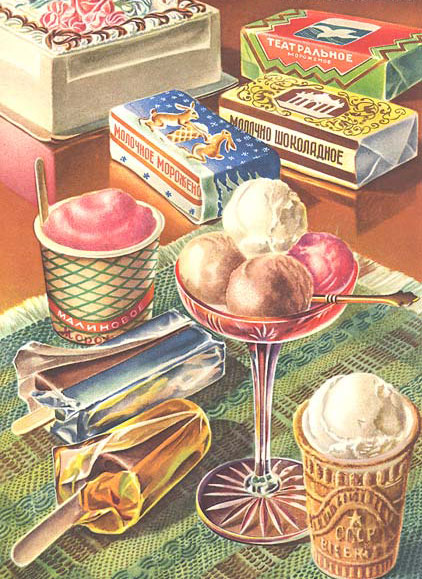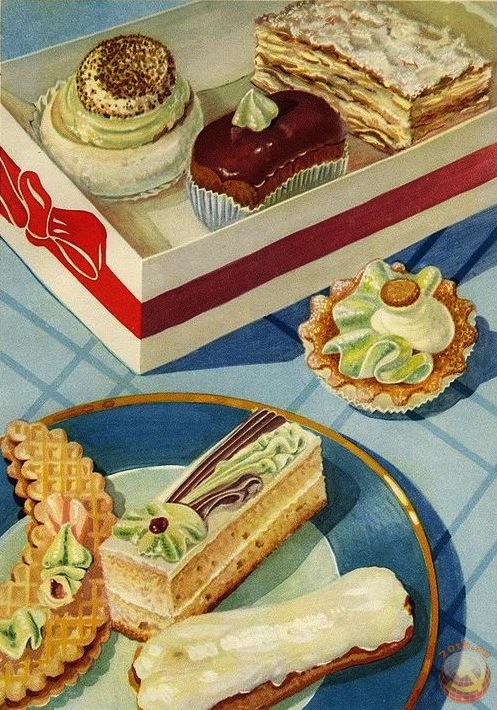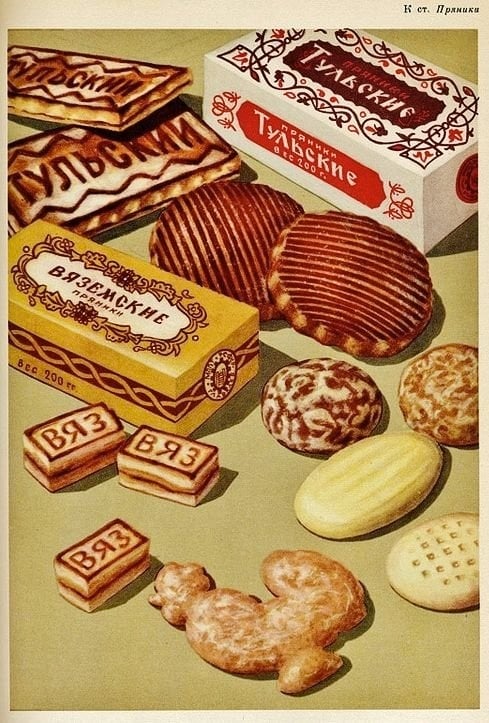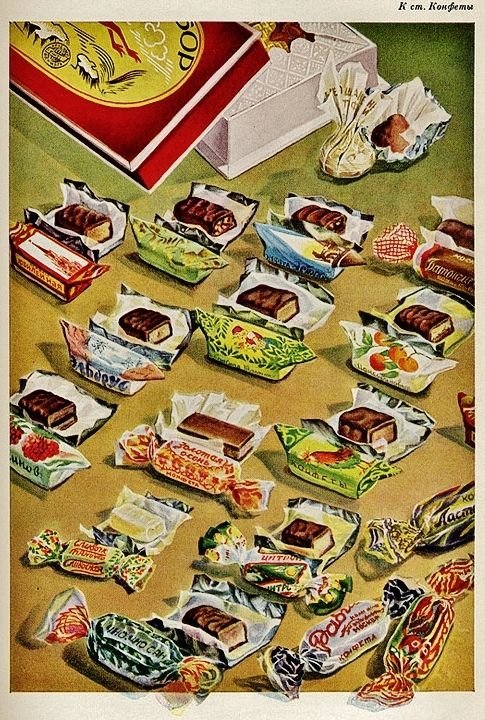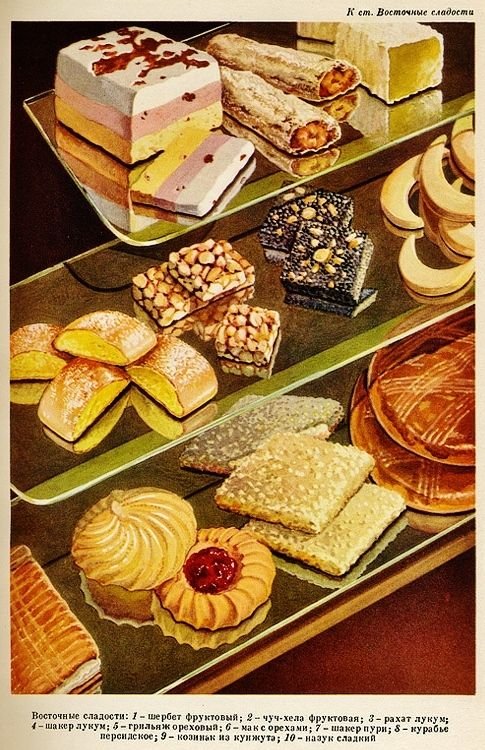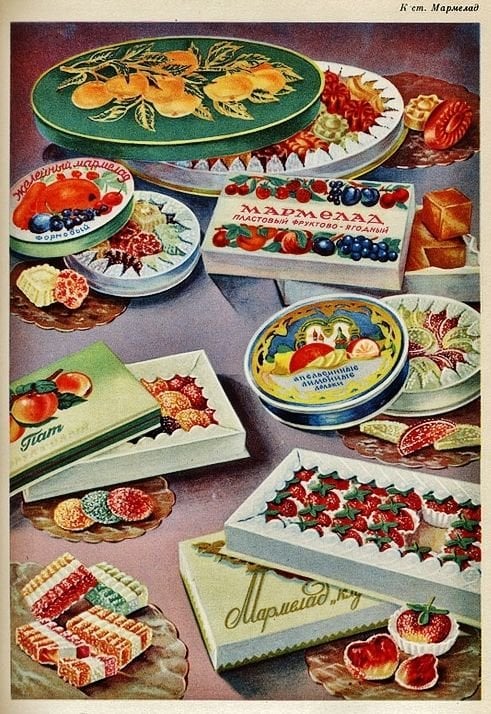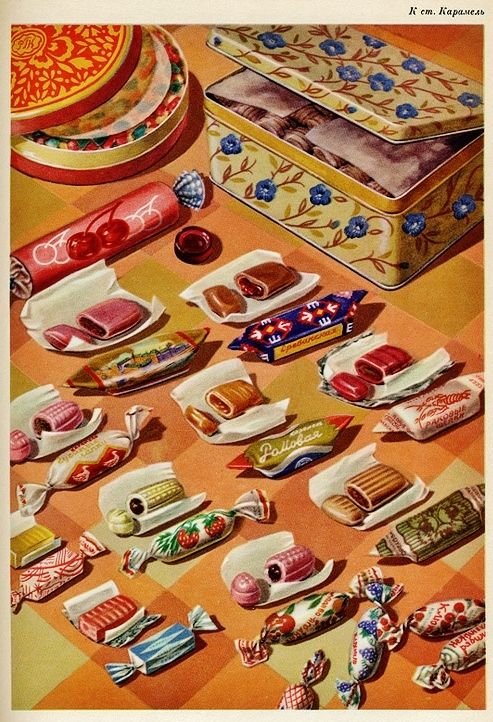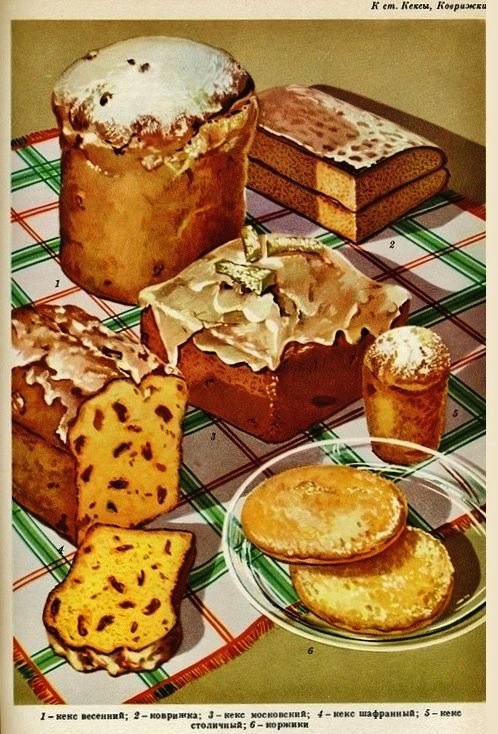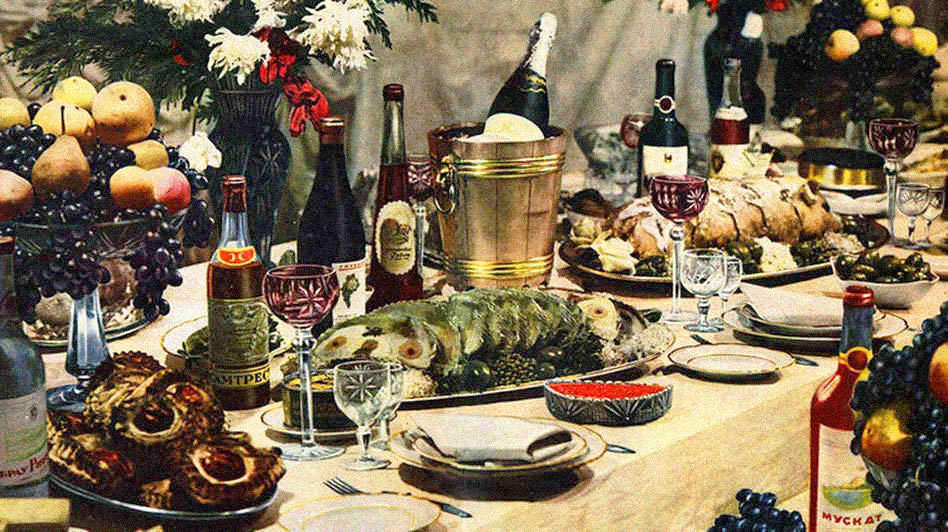GOST from the past: why is Soviet recipe standardisation back in fashion?
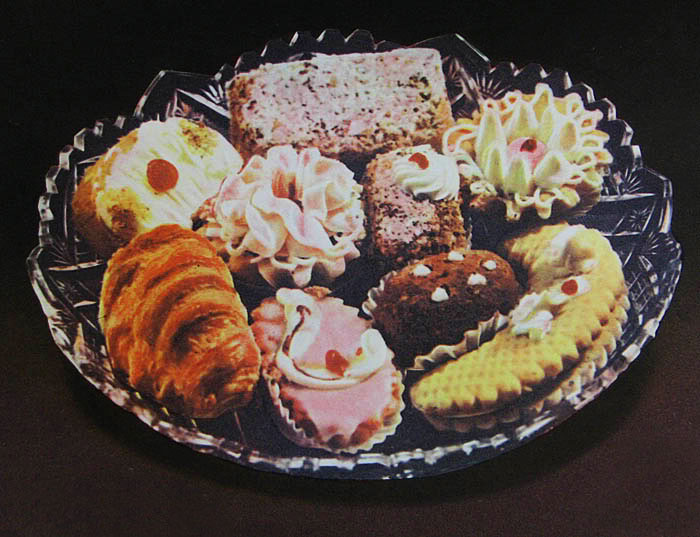
In Soviet times, state-imposed standards known as GOST governed everything from recipes to electrical fittings. But why, when it comes to cakes and baked goods, are Russians reaching for the rulebook again?
For the past few years, Muscovites haven’t been able to get enough of New York cheesecake and prawn and rocket salads. Now that looks set to change, with Soviet cuisine back in the limelight and a handful of influential food bloggers waxing lyrical about GOST, a set of rules that standardised the recipes of numerous food brands throughout the USSR. While some bloggers argue that the newfound love for GOST is rooted in a retro food revival, others are more cynical, claiming it is simply trend that allows foodies to live fashionably under sanctions. Either way, living by GOST’s standards is no small feat given the catalogue of rules to follow.
GOST emerged during the Soviet era in the mid-1920s at a time of suffocating bureaucracy and a desire by the state to standardise and control all spheres of life. An acronym for gosudarstvenniy standart, or state standard, GOST regulated everything from the design of power sockets to recipes for jam. Although it’s no longer obligatory for producers to conform to GOST standards, its legacy lives on in the form of baked goods which are more attractive to today’s consumers than the canned produce of yesteryear. Few Russians would be able to explain the intricacies of GOST, but all know the result: a Prague cake baked according to a GOST recipe today will taste exactly like a Prague cake tasted in childhood.
For some, the GOST branding is a guarantee of quality, although not everyone agrees. Two of my former colleagues always used to argue over whether we should purchase the GOST-approved or generic sweetened condensed milk for the office. My pro-GOST colleague would question the “cheap ingredients” of the generic brand while the other argued that old Soviet technologies produced an inferior product. Yet both of these arguments apply predominantly to canned goods. When it comes to cakes, the consensus is that the GOST way is the proper way. There are no “my mum has a better recipe” arguments here, nor any quarrels over quality. During Soviet times, customers would queue for hours for these cakes, which were then stored for birthdays and special occasions such as New Year’s Eve.
Many of these cakes were created in prestigious restaurants, going on to become that establishment’s signature dish. Both Prague cake, which is similar to Austrian Sachertorte, and Bird’s Milk cake were works of the well-known chef Vladimir Guralnik of Moscow’s famous Praga restaurant. Kiev cake, made from hazelnut meringue and chocolate butter cream, is another classic, produced in a confectionery factory in Ukraine. Given the scarcity of these sugary goods, soaked in syrups and smothered in butter-rich creams, there was never too much concern about how unhealthy they were.
Although Prague and Kiev cakes were among the most popular in Soviet times, bloggers such as Moscow-based Irina Chadeeva go beyond the fail-proof classics, hailing other titbits such as pirozhnoye (tiny sponge cakes), tea cakes and biscuits. Other favourites include korzinka, shortcake pies filled with jam and topped with whipped marshmallow cream; kartoshka, a fudge-type chocolate sponge cake; and berry sorbet, that used to be sold in small paper cups for seven kopeks apiece.
A Prague cake baked according to a GOST recipe today will taste exactly like a Prague cake tasted in childhood
Not everybody’s a fan though. Critics often point to the similarities between pastries made according to GOST recipes and those in French patisseries. They argue that the eclairs and macaroon-style biscuits filled and topped with various creams, icings and glazes in Soviet cuisine are not only a rip-off of their French counterparts but worse still, more vulgar versions. Despite this, it’s hard to ignore the newfound popularity of GOST cuisine. And it’s not just food bloggers who have taken up the GOST cause. Recipe-sharing websites are bursting with posts about cooking according to GOST rules, with some improvising and others using A Collection of Recipes for Culinary Dishes, published for cafe and restaurant use in 1982.
It’s difficult to pinpoint the exact reason for the trend, given that cooking GOST-style isn’t exactly home-friendly, with recipes requiring dedication and precision. According to some food bloggers, people are simply tired of the foreign food crazes, such as sushi, and are now yearning for a taste of the past. GOST sweetmeats evoke a sense of nostalgia and memories of delicious treats eaten on special occasions. Others link the popularity of GOST cakes to the rise of patriotism in Russia over the past few years. Part of the government’s agenda to promote loyalism, the result is a patriotic flavour in a range of cultural products from film to food. Wherever the push is coming from, GOST cooking might just be one of the ways to alleviate the pressures of the food sanctions as the recipes don’t require any imported ingredients. The appeal of GOST cooking is also inter-generational. For younger food enthusiasts, cooking and baking according to a strict set of rules is a novelty, while older generations will recall fond memories of their childhood when they enjoyed the rare chocolate treat. A win-win situation.
